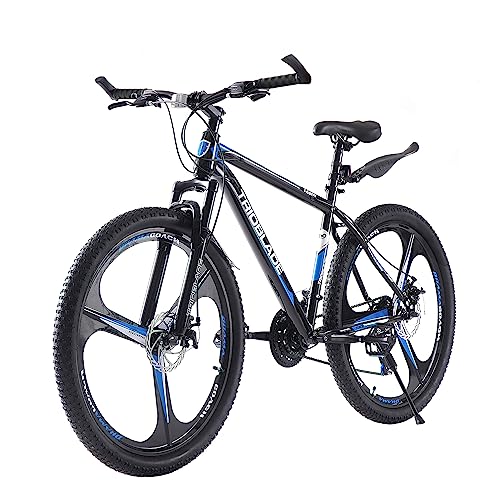Stretch before and after your bike ride
One of the most effective ways to prevent muscle soreness after a long bike ride is to stretch before and after your ride. Stretching helps to warm up your muscles and increase blood flow, which can reduce the risk of injury and muscle soreness. Before you start your ride, spend a few minutes stretching your major muscle groups, including your legs, back, and shoulders. After your ride, take another few minutes to stretch and cool down. This can help to release any tension or tightness in your muscles and promote recovery.
Gradually increase your mileage
If you’re new to long bike rides, it’s important to gradually build up your mileage to avoid overexertion and muscle soreness. Increasing your mileage too quickly can put excessive strain on your muscles and lead to soreness and fatigue. Start with shorter rides and gradually increase the distance and duration of each ride. This will allow your muscles to adapt and become stronger over time, reducing the risk of soreness.
Stay hydrated and fuel your body properly
Proper hydration and nutrition are essential for preventing muscle soreness after a long bike ride. Make sure to drink plenty of water before, during, and after your ride to stay hydrated. Dehydration can increase the likelihood of muscle cramps and soreness. Additionally, fuel your body with a balanced diet that includes carbohydrates for energy, protein for muscle repair, and healthy fats for overall health. Consuming a snack or meal within 30 minutes of finishing your ride can help replenish energy stores and aid in muscle recovery.
Use proper bike fit and technique
Poor bike fit and improper technique can contribute to muscle soreness and discomfort during and after a long ride. Make sure your bike is fitted to your body proportions and preferences, including the saddle height and position, handlebar reach, and pedal alignment. This will help ensure that your body is in the correct position and alignment, reducing the strain on your muscles and joints. Additionally, focus on using proper cycling technique, such as maintaining a steady cadence and avoiding excessive strain on your pedals or handlebars. This can help to distribute the workload evenly and prevent muscle imbalances and soreness.
Incorporate rest and recovery days into your training plan
Allowing your body time to rest and recover is crucial for preventing muscle soreness and avoiding overtraining. Include rest days and easy recovery rides into your training plan to give your muscles a chance to repair and rebuild. By alternating between hard training days and lighter recovery days, you can optimize your muscle recovery and reduce the risk of soreness. Additionally, consider incorporating other recovery techniques, such as foam rolling, massage, or ice baths, to further aid in muscle recovery and reduce soreness.






